
Something that Absolute Batman focused on in its first arc was using its villain to both create parallels with Batman and also subvert traditional expectations for the characters. This new Bane origin story shows that what was true for Black Mask is even more so for him. His story is a sympathetic tragedy that acts as a ghostly mirror to what Bruce has lived through, and a ominous warning of what could become of him. As with most things in this series, it takes elements of what makes Bane memorable and amplifies them to the extreme.
Just as in Bane’s traditional origin, it opens with him being born a prisoner on the island of Santa Prisca. Except his prison is not initially one of concrete and iron, but the island itself. Snyder uses the opportunity to comment on the nature of global imperialism and how it turns any expression of freedom into a crime under oppressive systems. Bane’s father is not some nameless member of a failed coup that died before he was born, but living man who raised Bane to fight for their freedom. A strikingly far cry from the jailer keeping Batman for experimentation.

When Bane’s imprisonment becomes literal, he’s hardened into a fighter that would lead an uprising to free his father and their people. It stands as the height of his moral arc before the downfall. It’s interesting to read this in contrast with Vengeance of Bane from 1993 because they superficially share so many similarities. Certain beats get reused like hanging from bars to survive drowning and the military government of Santa Prisca, but always with a twist. Most of that is in service of portraying Bane as a nobler hero, at least at the beginning. There’s a clear and explicit parallel between Bane fighting for his home and Batman fighting for Gotham
The turning point is when Joker (who in this world is a rich businessman) offers him a “deal” that motivates Bane to abandon his mission and murder his own father by crushing his back. It’s from here that he descends into the vicious mercenary and killer who has experiments performed on him to increase his lethality. At first, it’s hard to imagine how such a downfall could have happened. We’re not privy to what it is Joker offered him, but it seems unimaginable that such a principled man could have fallen so far and so fast.

The answer, while speculative via Alfred, is one of simple pragmatism and ties back to one the series’ biggest reoccurring themes. It’s better to simply accept an achievable victory rather than to keep fruitlessly fighting forever. Bane wanted to save his people? Joker has the resources to make it happen. All it took was a self-sacrifice of his morals and to be transformed into a merciless killer. If war is inevitable and what fuels life, then there’s no point in trying to stop it. It’s just a matter of if you can position yourself as the oppressor rather than the oppressed. It’s through that bargain that Bane is successfully able to create a paradise for Santa Prisca. Joker didn’t lie; all it cost was Bane himself.
This is, of course, the opposite of everything that we’ve learned about Batman. He will never stop fighting no matter the odds, and Bane’s counting on that. For a good while, the comic shows us how that plays out. We see, in gruesome detail, Batman’s failed assault on Bane where he is beaten and dismembered with his own bat-tle axe. It’s how Bane breaks him, and how he’s taken to Ark M to be subjected to the same procedures that Bane was and rebuilt. There, he’s also given an offer: accept these gifts to become the ruthless avenger that “Gotham needs”. Bruce accepts, and transforms into a venom-infused monster reminiscent of the original Batman: Venom that first introduced the substance.

The prestige, if you will, is the reveal that none of this actually happens. It’s all a hypothetical future where Bruce refuses to relent. It uses Bane as a direct challenge to the ethos that Batman has established for himself. Just how far does “never give up” go? Snyder hammers the parallels between Bruce and Bane explicitly and without subtlety. Both are men willing to do anything to achieve their goals, and it becomes a matter of which will break first.
While Nick Dragotta is off this month as artist, Clay Mann does an excellent job filling in for him. Mann has his own distinct style that is perhaps “grittier” than Dragotta’s, but they both hit a very similar tone and atmosphere. The action is as vibrant and spectacular as ever, and you can feel Bane’s immensity on every page he occupies. Mann’s style makes him almost feel carved from stone, which is perfect for what he represents.
Recommended If
- You want to see the origin of Absolute Bane
- The series’ approach of creating villains that reflect Batman himself appeals to you
- You love a tragic villain
Overall
Absolute Bane’s origin manages to take the monstrous behemoth and create a tragic character who acts as yet another foil to what Batman stands for. He’s no less terrifying than before, but every step along his journey takes elements from Bane’s 1993 origin and injects them with sympathetically good intentions. The result is a disturbingly plausible omen of what could become of the caped crusader.
Score: 8.5/10
DISCLAIMER: DC Comics provided Batman News with a copy of this comic for the purpose of this review.






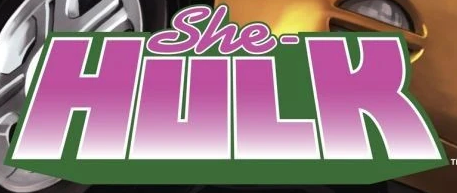
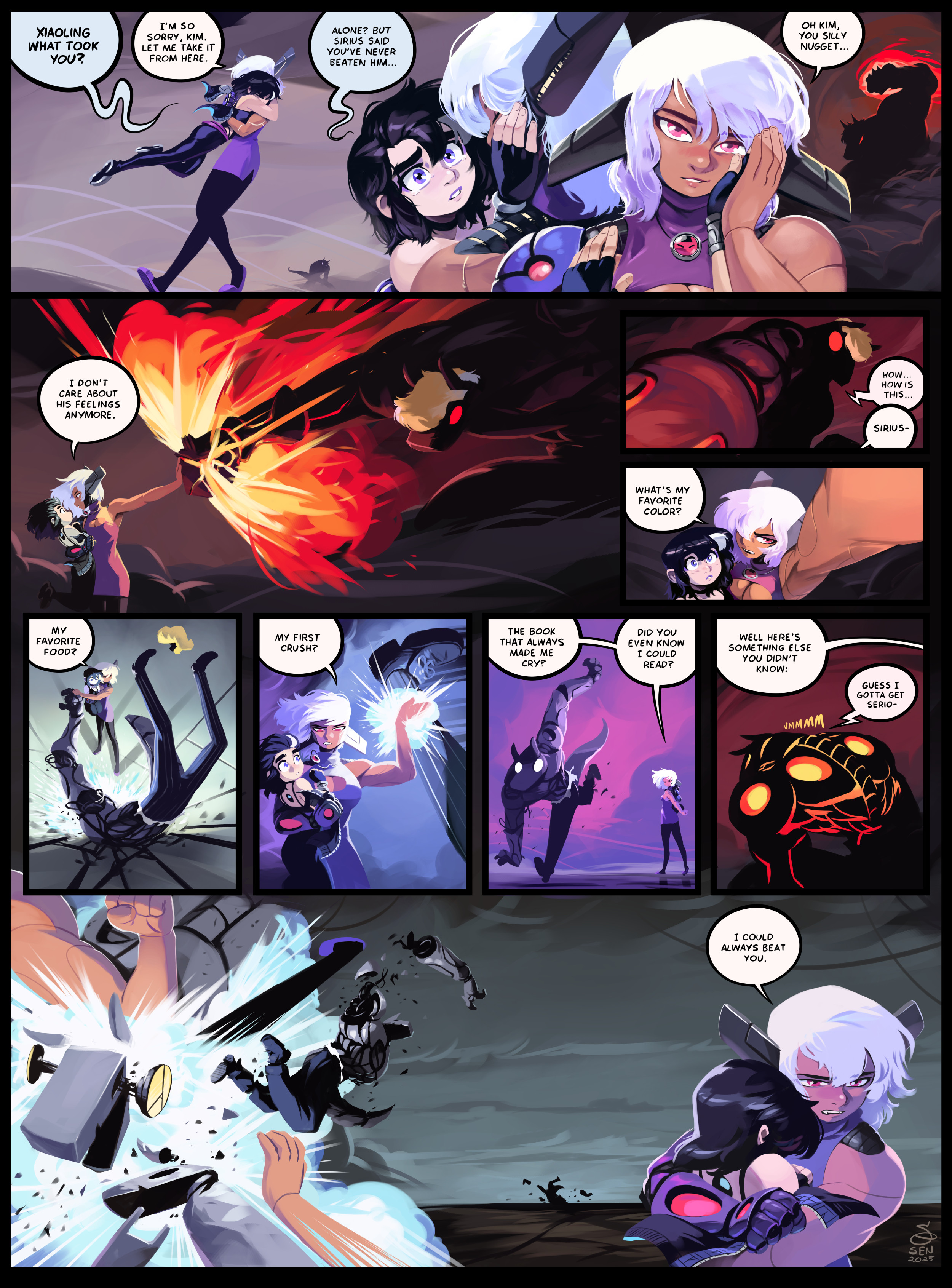
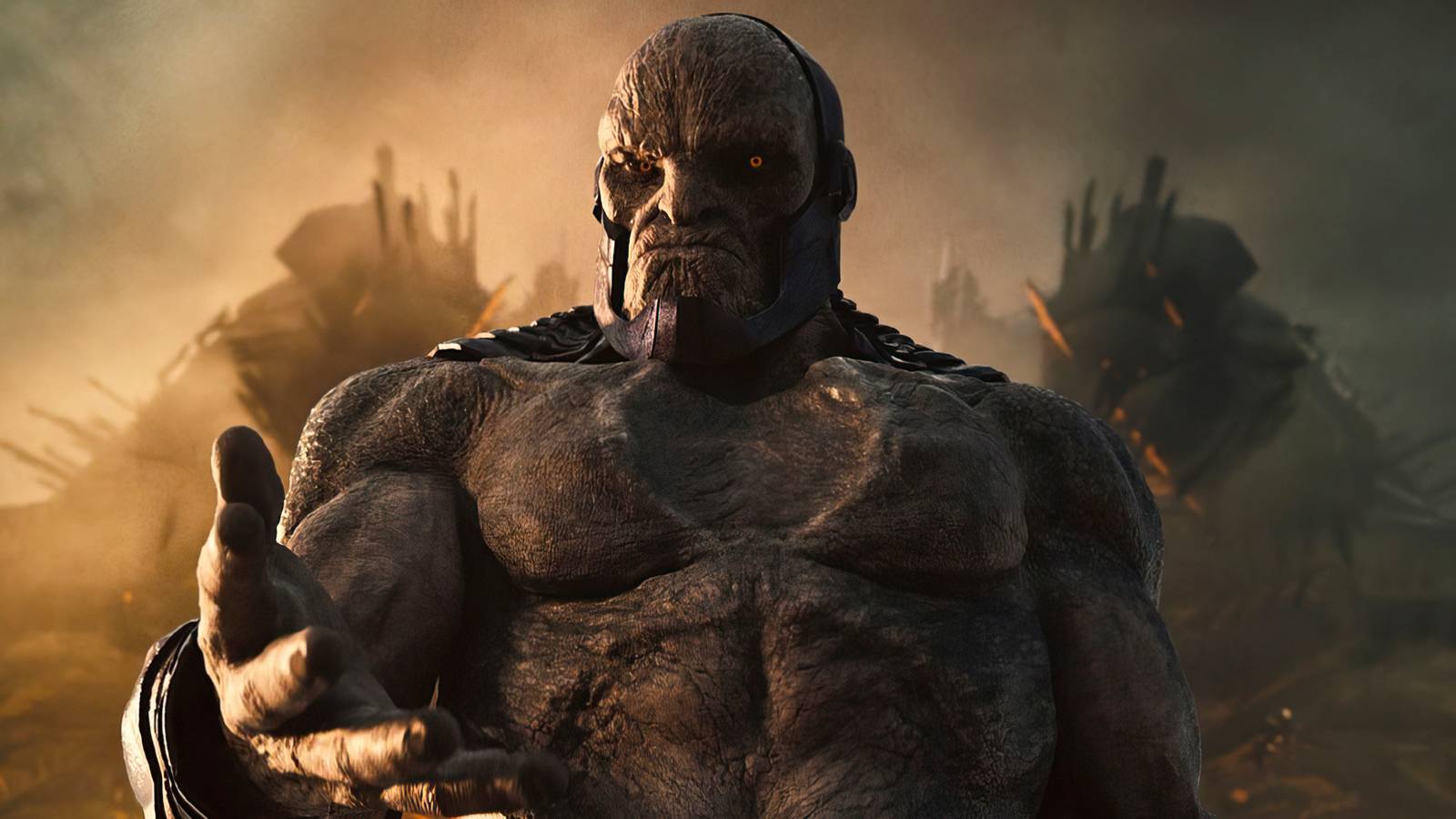

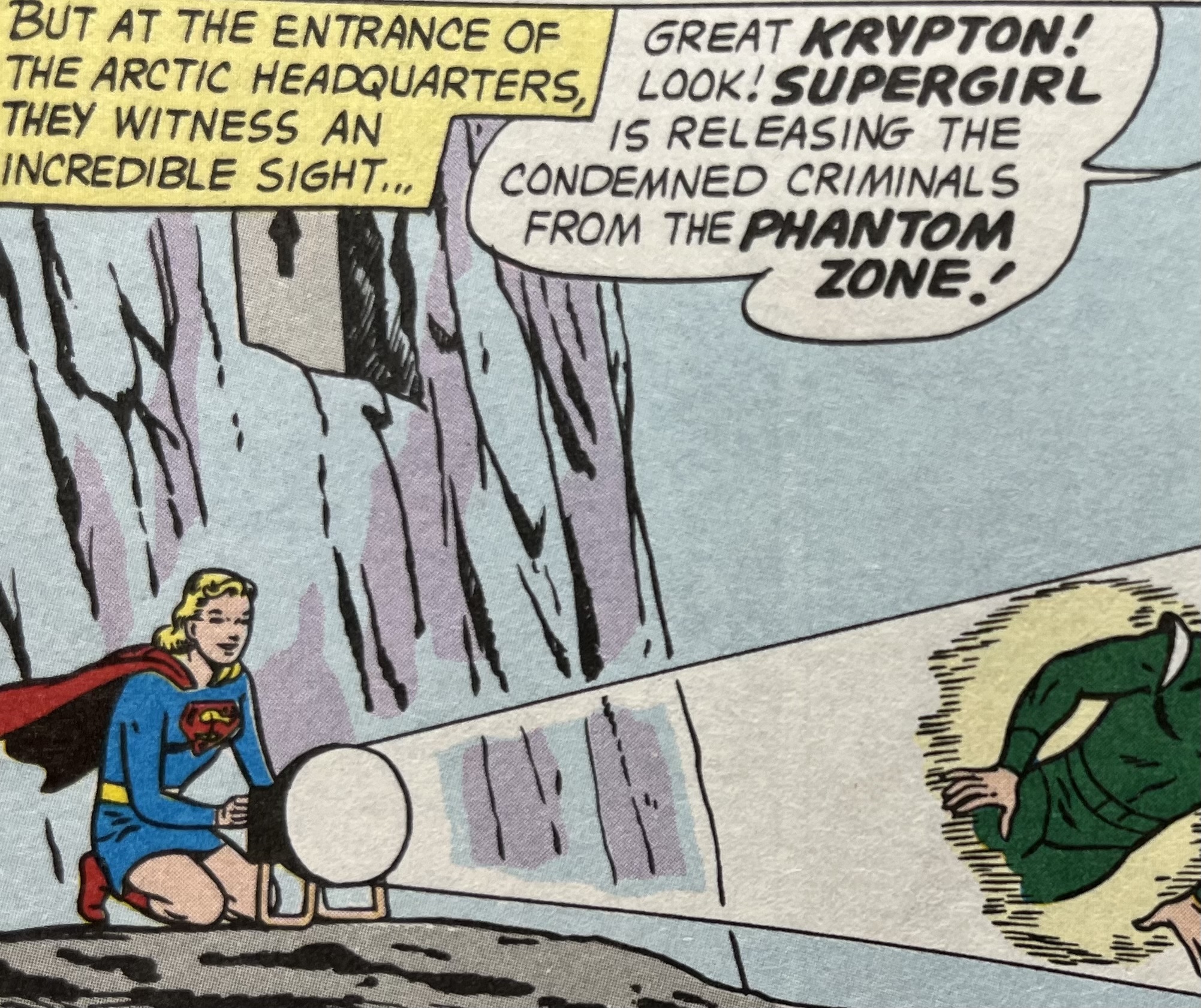
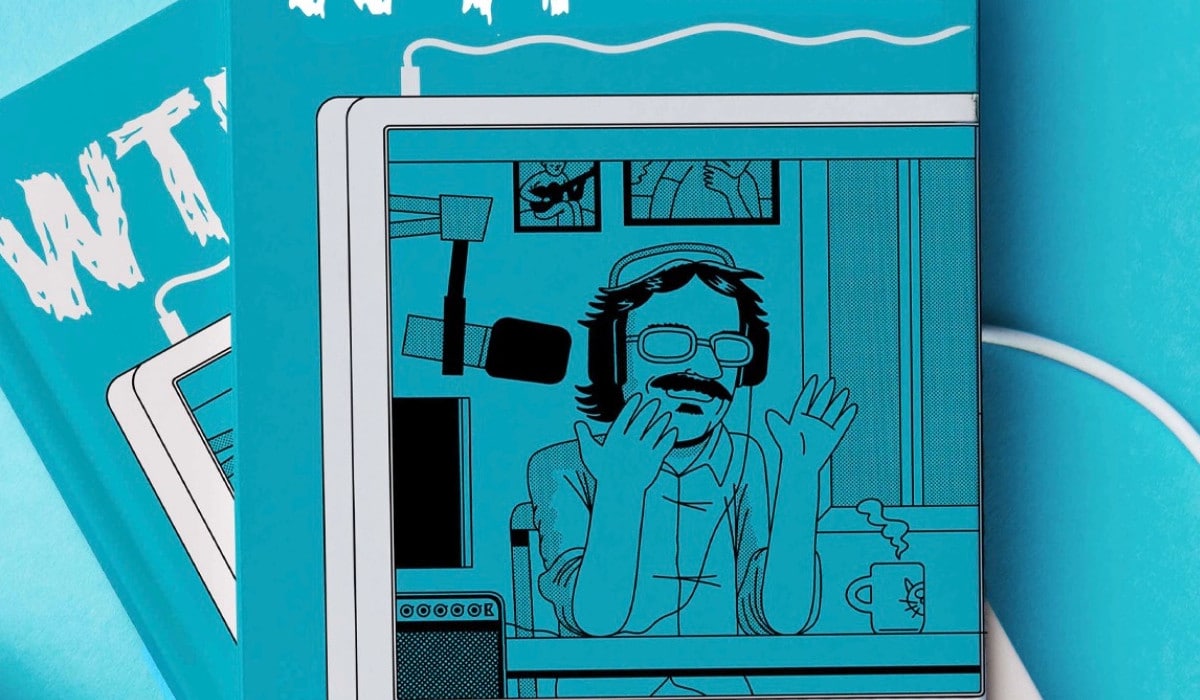






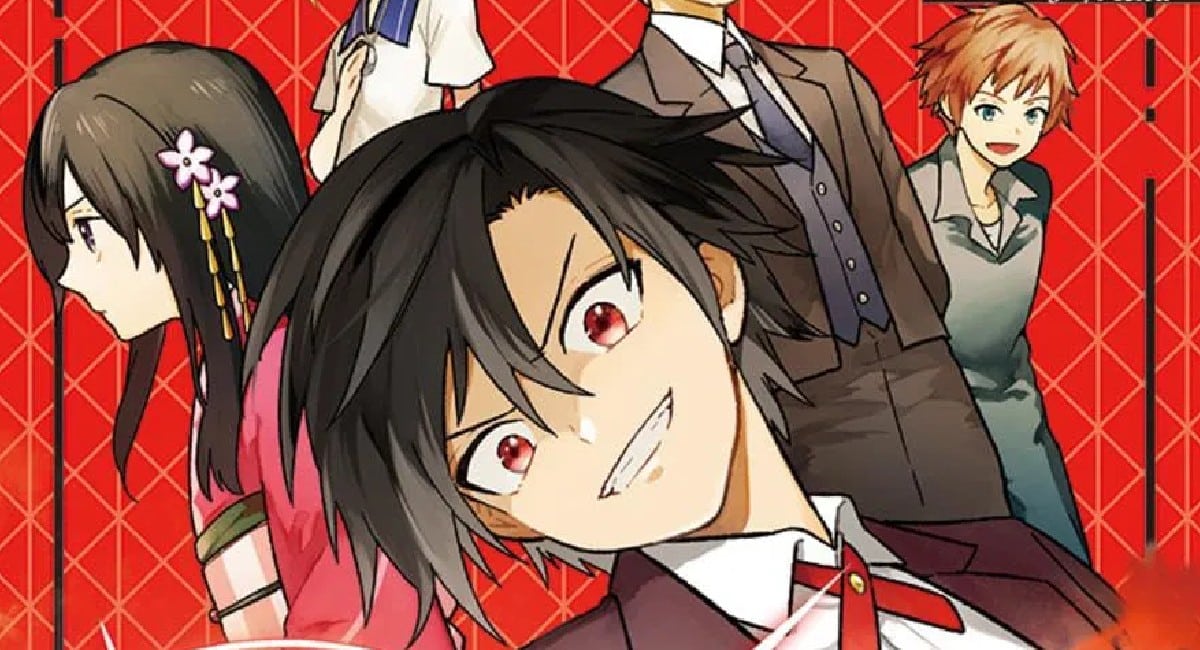
 English (US) ·
English (US) ·